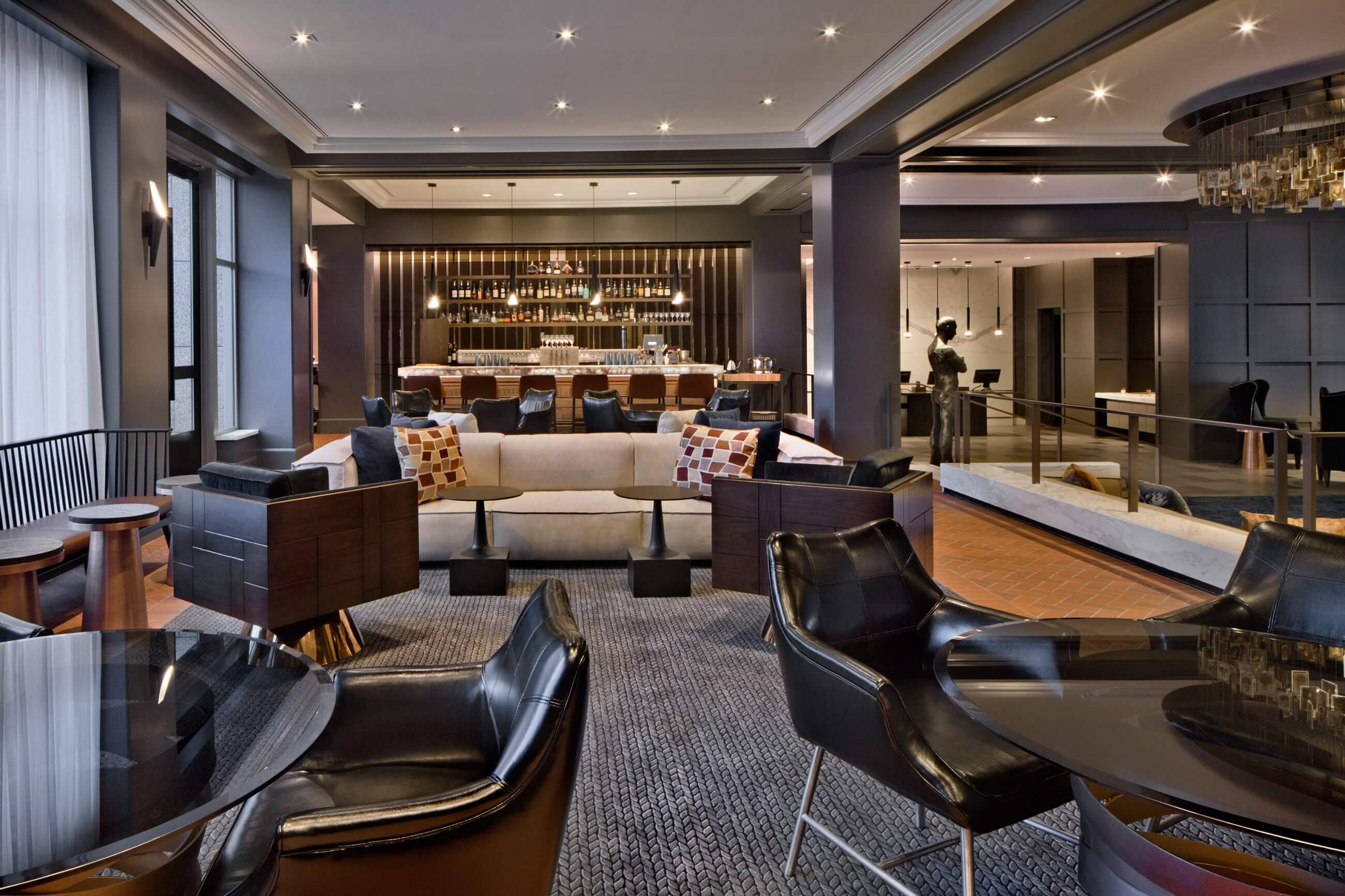Hospitality developers are going “back to basics” when building or remodeling their hotels. The Lighting Practice is working with hospitality clients who want to provide comfortable yet functional rooms that encourage exploration of the hotel beyond those four walls. Lighting has a major role in the success of this goal.
Jonathan Hoyle, Associate with The Lighting Practice, shares the perspective of a hotel developer whose guests are more interested in exploring the city than lounging in their rooms. “Their philosophy is to create exciting public spaces and to treat the rooms as a place to sleep,” he said. “The typical guest floors and guestrooms are designed to be more functional.”
This design approach contrasts the smart room trend, which utilizes the Internet of Things so guests can personalize their experience and stay. Smart hotel rooms offer features like virtual assistants and smartphone-controlled lighting, temperature and TV. These in-room amenities create a home away from home.
Whether to emphasize guestroom comforts or common areas depends on the answer to this question: Do guests want in-room luxury and personalization or a comfortable and functional space with interesting attractions elsewhere in the hotel? When public spaces are engaging and visually appealing, guests will more likely want to be outside their rooms and exploring what the hotel has to offer. In those scenarios, cutting-edge might take a backseat to function within the guestrooms, because individuals will be spending more time elsewhere.
Lighting can help motivate people to explore amenity spaces within a hotel. Whether it’s a bar, restaurant, spa, fitness center, lounge or other gathering space, strategic lighting design can attract attention and invite guests. Inside The Logan in Philadelphia, for example, each public area offers a customized experience. Lighting was carefully designed to guide people to the developer’s desired destinations and to support a specific kind of engagement. Dimmable LED lighting in the spa creates a soothing environment, while more intense lighting motivates activity in the fitness areas. On the rooftop bar, pools of light accent key areas without obstructing views. Each of these amenities offers a specific experience within The Logan; lighting enhances those environments and draws people to them.
The Lighting Practice supports and educates clients by fully understanding the project goals and budget and setting realistic expectations. When designing to a budget, not all spaces are created equal. Where to invest in high-end finishes and advanced technologies depends on the desired emphasis. Is the goal to keep visitors comfortably tucked away in their room with customizable technology, or is it to draw them out with eye-catching amenities and attractions? A conclusion can be drawn after consulting with the client and evaluating the hotel’s location, the owner’s mission, and the experience their guests typically desire.



